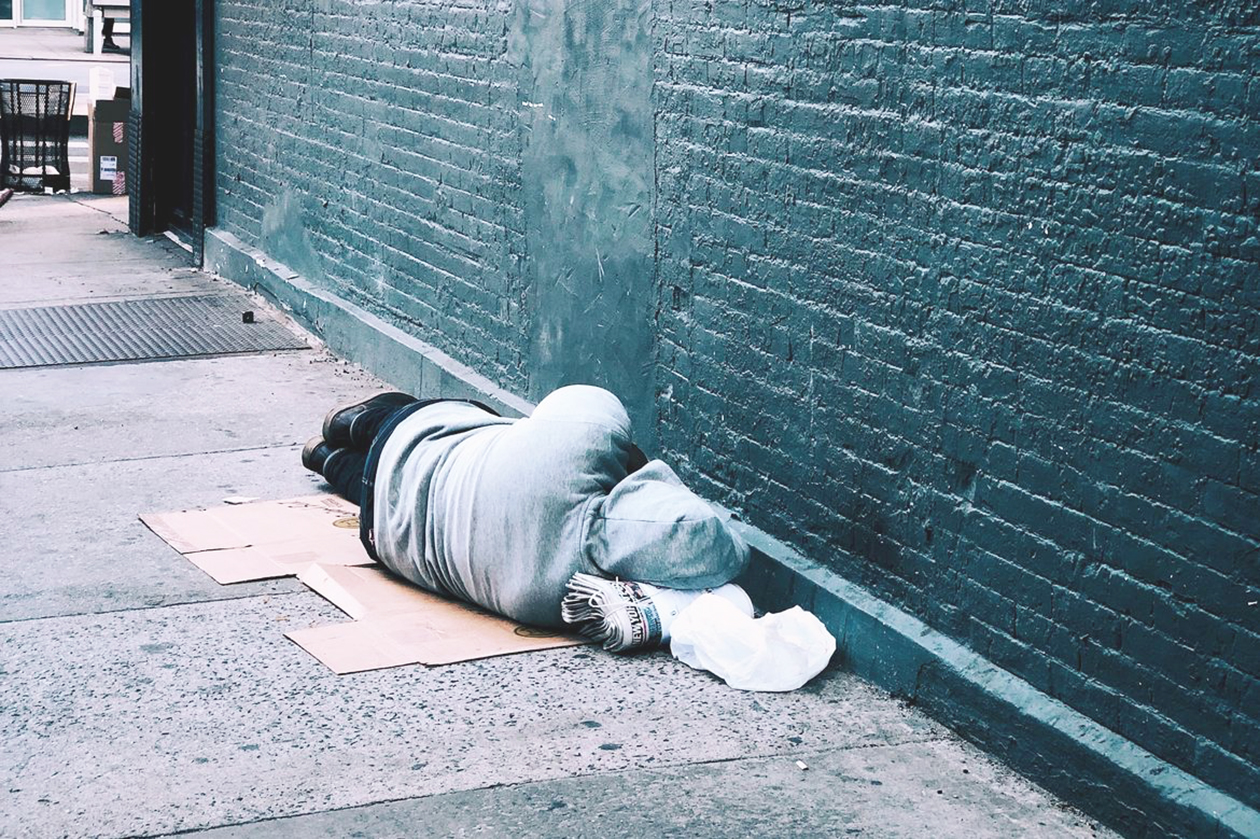
Some homeless people who are becoming more visible in Cambridge have spent all their lives in the community, Cambridge Community House manager Harriet Dixon says.
“There have always been homeless people in Cambridge. They usually keep themselves well hidden. Now we are seeing a couple venture out onto the street to collect money,” she told the News this week.
The issue of homeless residents was raised this week at a Waipā District Council standing committee meeting – and it comes as the News looks today at an innovative plan by the Waikato Regional Council to retro fit homes in the province.
“The true Cambridge homeless are not seen by our community,” Harriet Dixon said. “They sleep in their cars. Some by the river, or local bush areas. Others at the local camp grounds.
“They keep hidden because they often feel humiliated or overwhelmed. They also want to stay in their own community, and fear having to move to another town. A growing number of people in this situation are asking us for support.”
She said the average rental in Cambridge was now $600 for a three bed, and $450 for a two bed, and around $250 for flatting. One beds or flatting situations were scarce.
There was a combination of factors.
“Their rent has risen and they can’t afford it – they have had their income reduced by COVID-19, leaving them unable to afford their rent – they have had their income reduced by COVID-19, leaving them unable to pay their debts.”
Harriet Dixon said pushing homeless out of Cambridge was not the answer.
“These are families who work in Cambridge. Their kids go to school in Cambridge. Their family and social supports are here too.”
She said the Community House was also seeing many families living in one property, and overcrowding was issue.
“When a family doesn’t have a home, it puts pressure on the community. It increases social services demand and health services demand. It can force teachers and police into frontline social work.
She said what was needed was short term emergency accommodation in Cambridge.
“The nearest is Hamilton, which displaces families from their connections, work and school.”
Other solutions were low-cost housing options to help families remain in their community and easier ways to get onto the social housing list and more housing availability to reduce accommodation wait times.
“Challenges don’t end with a place to stay. People also need support to live in their own place. They need the skills to look after the house, keep it clean, warm and dry. They need the skills to create financial stability for themselves.”
She said the Cambridge Community House provided these skills as part of the range of wrap around support.
“It’s that total support that can help people thrive.”








